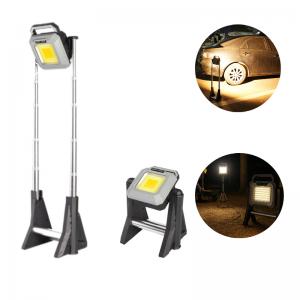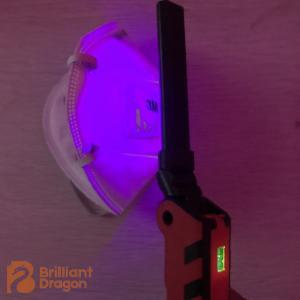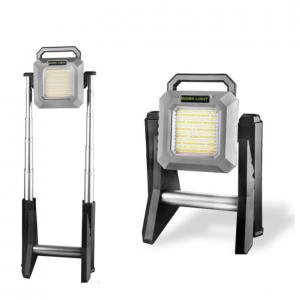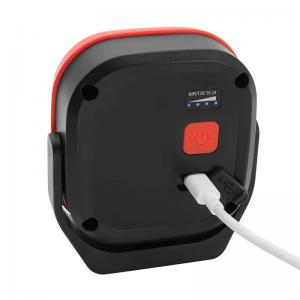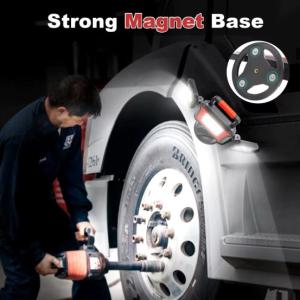Understand Work Light Specifications in 5 Minutes: A Beginner’s Guide
Why Understanding Work Light Specs Matters
Choosing the right work light is more than picking the brightest or cheapest one. The specifications listed on a product—like lumens, wattage, or IP rating—directly impact how well it will perform in your specific environment. In this quick guide, we’ll break down the essential specs so you can make a smart, informed choice in just five minutes.
1. Brightness – Measured in Lumens (lm)
What it is: Lumens measure the total amount of visible light emitted by a light source.
How to choose:
-
300–500lm: Basic indoor tasks or short-range lighting
-
800–1500lm: Vehicle repairs, construction, garage work
-
2000+ lm: Outdoor work sites, emergency response, industrial use
Pro Tip: Higher lumens = brighter light, but also more battery drain. Don’t overdo it.
2. Power – Measured in Watts (W)
What it is: Wattage indicates energy consumption, not brightness.
LED lights are more efficient, so a 10W LED may be as bright as an 80W halogen.
Pro Tip: Look for high lumen-per-watt (lm/W) efficiency to save power while staying bright.
3. Color Temperature – Measured in Kelvin (K)
What it is: Color temperature defines the tone of the light:
-
3000K: Warm white (soft yellow) – good for comfort or photography
-
4000K: Neutral white – suitable for general work environments
-
6000K: Cool white – crisp and bright for outdoor or technical work
Pro Tip: Use 6000K in high-alert areas for better visibility.
4. Waterproof and Dustproof – IP Rating
What it is: The IP (Ingress Protection) rating indicates how well the light resists dust and water.
-
IP65: Dust-tight and protected against water jets (good for outdoor work)
-
IP67: Submersible for short periods (ideal for harsh environments)
Pro Tip: IP ratings matter for both safety and longevity in outdoor applications.
5. Power Source
Options include:
-
Rechargeable battery (Li-ion) – Portable and ideal for mobile tasks
-
AC-powered (wired) – Reliable for long-hour usage
-
Solar-powered – Eco-friendly but may have limited brightness
Pro Tip: Always check battery capacity (mAh) and runtime.
6. Mounting Options
-
Magnetic base – Great for car repair and metal surfaces
-
Hook or handle – Useful for hanging or handheld use
-
Tripod or stand – Best for hands-free or area lighting
Pro Tip: Versatile mounting makes a huge difference in worksite efficiency.
7. Bonus Features to Consider
-
Multiple brightness levels
-
Motion sensor switch
-
USB output (can double as power bank)
-
Foldable design or 360° rotation
-
Battery level indicator
These features enhance user experience and add flexibility in different working conditions.
Final Thoughts
Now that you understand the key specifications of a work light—lumens, wattage, color temperature, IP rating, power source, and mounting options—you're ready to choose the best model for your needs.
Whether you're working in a garage, on a construction site, or preparing for outdoor emergencies, reading the specs the right way helps you save time, stay safe, and get the job done.
Want help choosing the perfect work light?
[Contact us] for product recommendations tailored to your job site.

